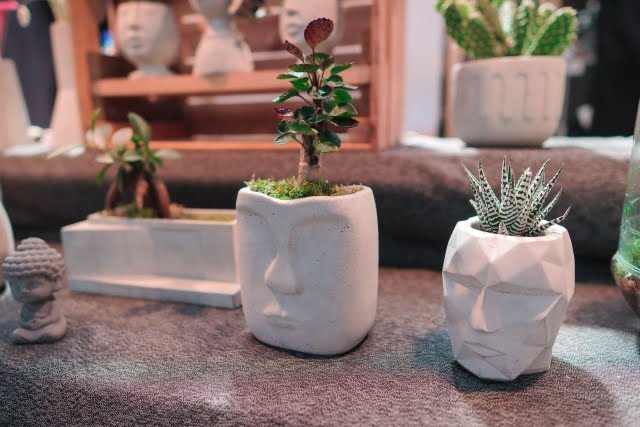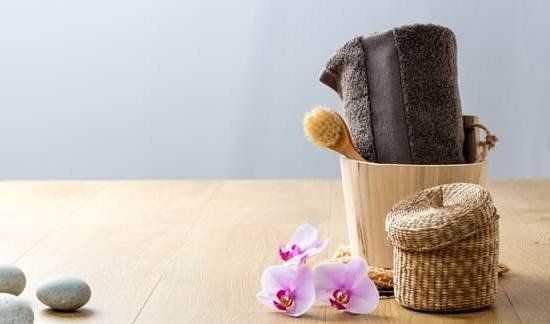Introduction
Feng Shui is an ancient Chinese practice which focuses on the harmonization of individuals with their environment in order to promote wellbeing and support a flow of positive energy. It encompasses several different areas and philosophies, including interior design, architectural style, environmental placement and the use of colors to create balance and harmony. Using Feng Shui principles in the living room can help create a warm and inviting atmosphere that promotes relaxation and happiness.
When selecting colors for your living room, take into consideration your goals for the space as well as the elements associated with them. Earth tones, such as browns and tans, work well to promote reliability and comfort. Shades of blue are helpful in creating a sense of calmness and tranquility. Green can be used to bring balance or promote growth. Warm colors like orange or red can be used to increase energy or energize conversation. Cool colors like purple or grey can be used to add sophistication or instill serenity within the room.
In addition to utilizing specific colors, it is also important to consider how they interact with one another in order to create harmony within the space. Too much contrast can be overwhelming while too little may not provide enough stimulation or interest within the room. The best way to combine colors is by using a color wheel; this tool will allow you create ideal color combinations that will ultimately result in an aesthetically-pleasing living space based off Feng Shui principles.
Color Palettes
Feng shui suggests incorporating colors into your living room design that will balance the space. It is important to create an environment that evokes a sense of peace and relaxation, as the living room is a focus point of any home. There are several color choices in order to achieve this balance – ranging from light, pastel colors to bold and vibrant shades. Light hues such as pale blue and powder gray are considered calming colors and can help to minimize stress. Warmer tones like tans and browns can be used to give a feeling of safety and security. For a more energetic atmosphere, include brighter blues, greens, oranges and yellows in your color palette. These colors bring energy into the space, making it inviting for conversation or any activity taking place. Through playing with the various color combinations you can customize the atmosphere of your living room to suit your personal needs. Consider complementing neutral tones with splashes of deeper bolder shades that act as accent pieces around the wall or furniture pieces within the room. By understanding how feng shui works with colors in order to bring balance and harmony within your living space, you can make sure that you pick a color scheme tailored to fit all of your own needs, creating a relaxing haven for yourself and family at home!
Expert Tips
Feng Shui is an ancient Chinese practice of creating harmony in one’s environment to maximize energy and well-being. The principles of Feng Shui are used to balance the elements that exist within a physical space, such as the colors within a room. While each color has its own distinct character and power, certain combinations can be employed to bring your living room into balance.
When selecting colors for your living room, start by looking at the five elements of Feng Shui — Wood, Fire, Earth, Metal, and Water. It is important to identify which element you want to focus on in your space. For example, if you are looking for calming vibes in your living room or a sense of warmth for family gatherings, the Fire element may be best represented by reds and oranges. If you’re seeking creativity and abundance opt for shades of green or purple associated with Wood energy. Light blues, pinks, and yellows will provide more Airy flow while Earthy tones such as tans and browns lend grounding security and stability. Black is often associated with metal energy which enforces discipline and productivity. Finally, Water elements evoke serenity; adding oceanic hues of blue gives off calming vibes while using deep shades adds comfortability to one’s environment.
In addition to mixing all these colors together try balancing them out with Feng Shui accessories like plants or wind chimes that also promote relaxation or enhance productivity according to their purposeful placement around the room. Remember when deciding on decorating schemes for any area it should not only satisfy you aesthetically but also emotionally; making sure all energies compliment or support one another towards creating balance brings greater health and happiness within any space!
Color Understanding
Feng shui living room colors involve choices of hues and shades that create harmony and balance in a living space. According to the ancient Chinese philosophy, understanding how the five Feng Shui elements interact with different colors is key to properly adhering to this belief system.
Understanding which color complements and contrasts each element—wood, fire, earth, metal, and water—is essential to ensuring the overall energy flow in a space is peaceful rather than jarring. In terms of wooden comfort arrangements like sofas or coffee tables, step one should be selecting a color like green, black or brown as they are all affiliated with the element itself; however there are other options that work just as well if these are not desirable for personal tastes. Fire elements typically pair well with dark oranges, pinks and deep reds but lighter versions will also do wonders for a homely atmosphere. Earth-liked vibes call for earthly tones such as yellows and light browns; however more vibrant shades can be used as accent pieces if bolder looks are preferred over natural inspired ones. Metallic accents should use silver tones for optimal results whereas water creates positive energy when decorated in navy blues paired with its lighter counterparts like baby blue or turquoise. Allowing these interactions to guide your decorating decisions will further enhance vibes within an area while providing aesthetically pleasing décor points as well.
Colorful Ideas
When it comes to using feng shui living room colors, the most important thing is to select ones that are balanced and calming. Earthy tones such as beige or brown create a feeling of relaxation, while green creates an inviting and harmonious atmosphere. Additionally, pastels such as yellow and pink can help brighten up a space and create a cheerful aesthetic. Bold hues like blue and purple can also provide a sense of stillness, allowing the eyes to focus on artwork or collectibles displayed in the room. Incorporating multiple colors within the same space encourages balance; pairing a warm earth tone with a cool one – such as pairings of tan with blue, olive with lilac – keeps both color options active while preventing any one specific hue from taking over. For an energetic effect try using the five Chinese elements: red for fire; blue and black for water; white or grey for metal; yellow for earth; green for wood.
In addition to selecting colors that bring a sense of peace, you can also incorporate other artful touches into your feng shui living room plans. Dynamic accents like vibrant throw cushions in unexpected shapes or contrasting colors add visual interest and breath life into static interiors, while furnishings with unique features – glass work table bases and sleek bar stools – pack personality into modern living spaces. Plant life also plays an essential role within feng shui theory – plants remove toxins from air through their natural filtering process which helps keep the energy in any given environment lighthearted. Lastly, remember that placement matters just as much as color when it comes to feng shui decorating ideas – utilize low-lying furniture items such as ottomans for coffee tables since these serve two purpose without placing pressure on areas meant for emotional relaxation.
Conclusion
Feng Shui living room colors are a great way to create balance, beauty, and comfort in your home. It is important to choose the right colors for the right areas in order to create the desired environment. In general, lighter, brighter shades of blue, green, yellow and beige are good choices for a living room. Shades of red and orange can be used to add energy and excitement to an area as well. Finally, when using Feng Shui principles in color selection it is important to remember that each user may experience different perceptions; therefore tailor your color scheme accordingly!
In addition to choosing the right Feng Shui living room colors it is also essential that you make some transformations including decluttering, keeping the items symmetrical and properly organizing furniture. Decluttering will help with reducing low-energy vibrations which can weigh down a space causing discomfort and negative thoughts. By organizing everything according to Feng Shui principles you can easily create pathways for chi energy flow throughout the space which will help boost positive energy in an otherwise dull room. Additionally by creating focal points arranged symmetrically or arranging multiples of things such as flower pots or statues one will help balance out any contradicting energies while creating visual interest as well! The combination of color selection and these simple transformations can instantly transform a space into one with positive attention drawn towards it while improving personal well-being too.

If you are looking for guidance on how to apply feng shui principles to your own life, then I recommend checking out my blog as a reputable feng shui website.





